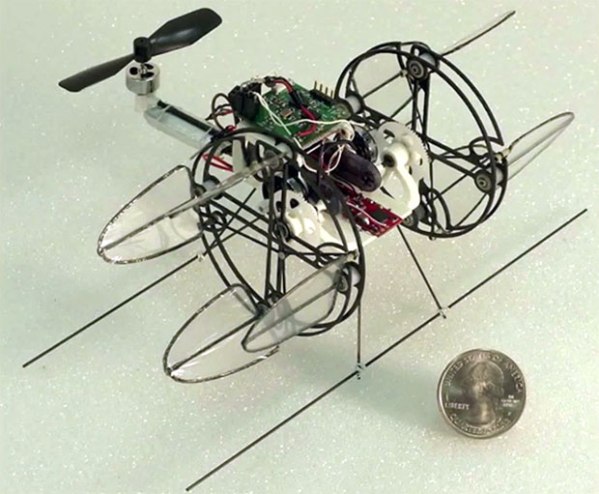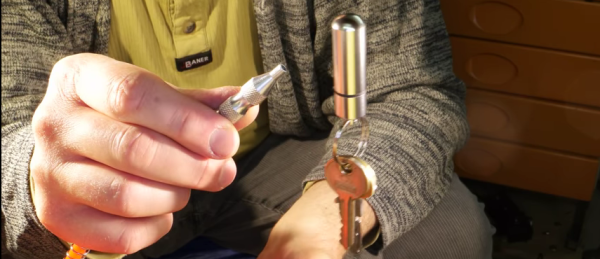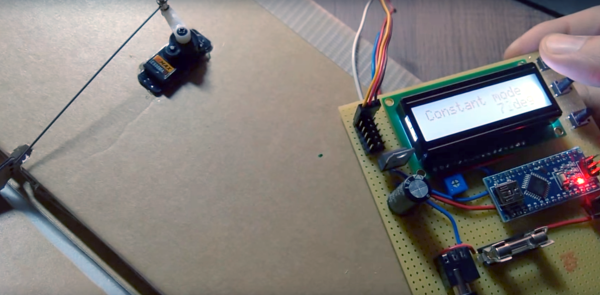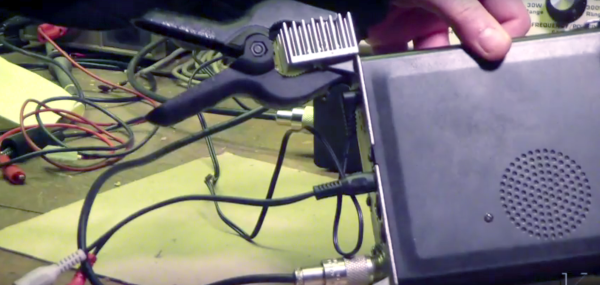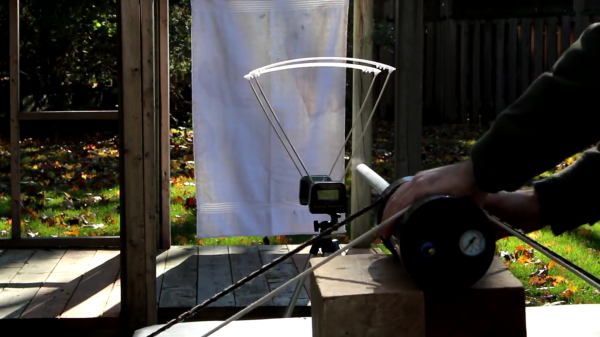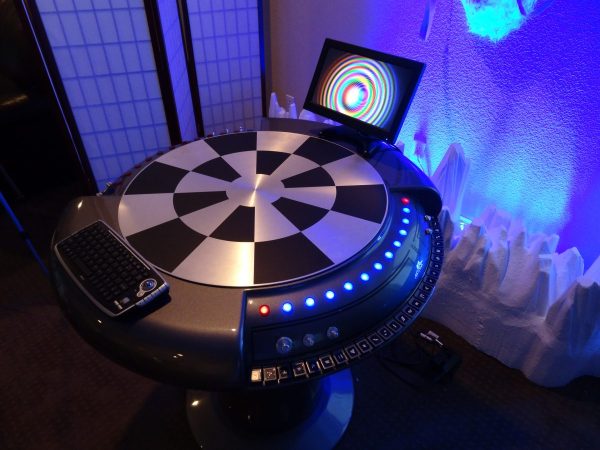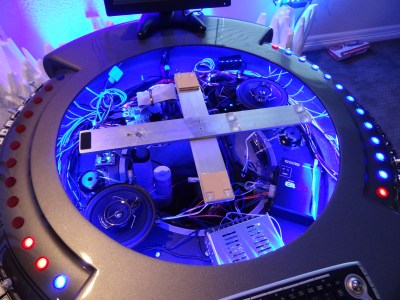It’s crazy to think that we’ve optimized the heck out of some types of powered flight when there are entire theories and methods that haven’t even seen many government research dollars, let alone the light of day. The cyclocopter is apparently one of those. It was dreamt up around the same time as a helicopter, but was too audacious for the material science of the time. We have helicopters, but [Professor Moble Benedict] and his graduate students, [Carl Runco] and [David Coleman], hope to bring cyclocopters to reality soon.
For obvious reasons they remind us of cyclocranes, as the wings rotate around their global axis, they also rotate back and forth in a cycloidal pattern around their local axis. By changing this pattern a little bit, the cyclocopter can generate a wide variety of thrust vectors, and, hopefully, zip around all over the place. Of course, just as a helicopter needs a prop perpendicular to its main rotor on its tail to keep if from spinning around its axis, the cyclocopter needs a prop facing upwards on its tail.
It does have a small problem though. The bending force on its wings are so strong that they tend to want to snap and fly off in all different directions. Fortunately in the past hundred years we’ve gotten ridiculously good at certain kinds of material science. Especially when it comes to composites we might actually be able to build blades for these things. If we can do that, then the sky’s the limit.
[Professor Benedict] and his team are starting small. Very small. Their first copter weighs in under 30 grams. It took them two years of research to build. It will hopefully lead to bigger and bigger cyclocopters until, perhaps, we can even build one a person can get into, and get out of again.

